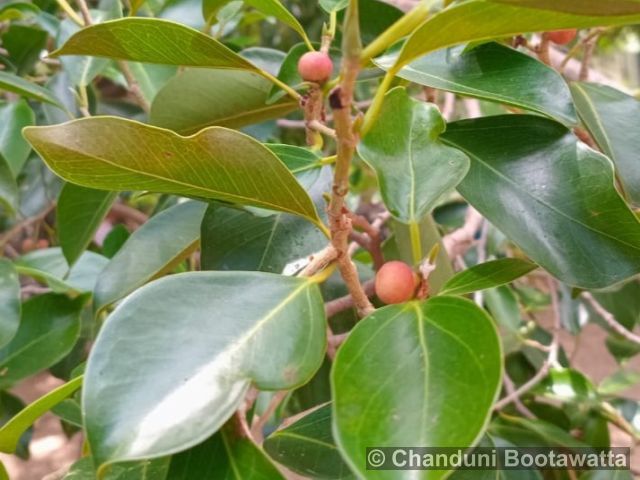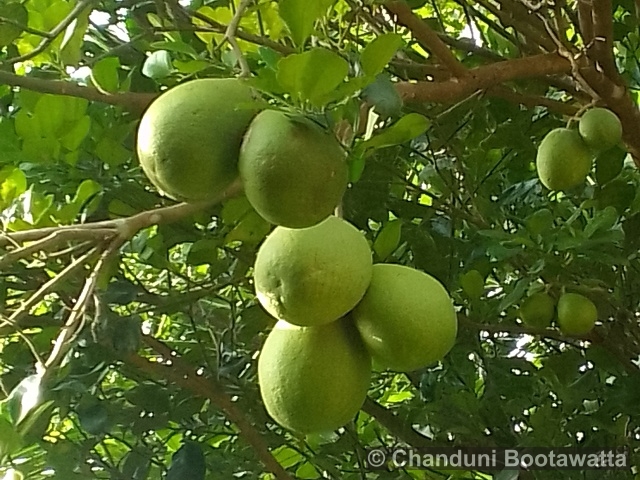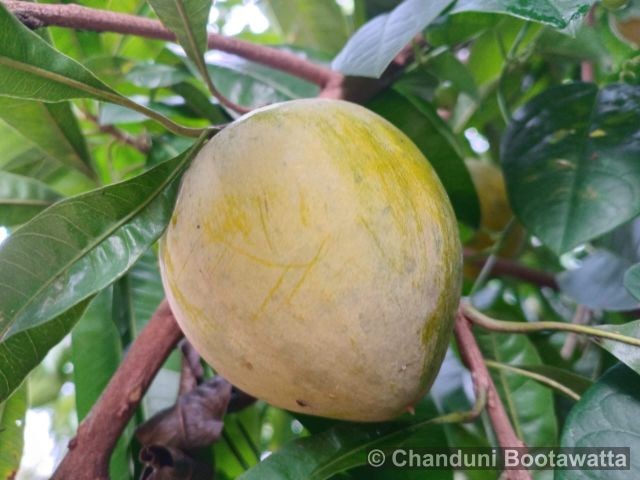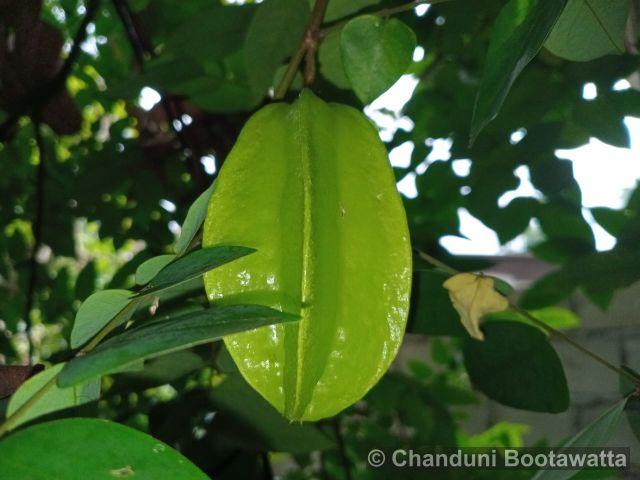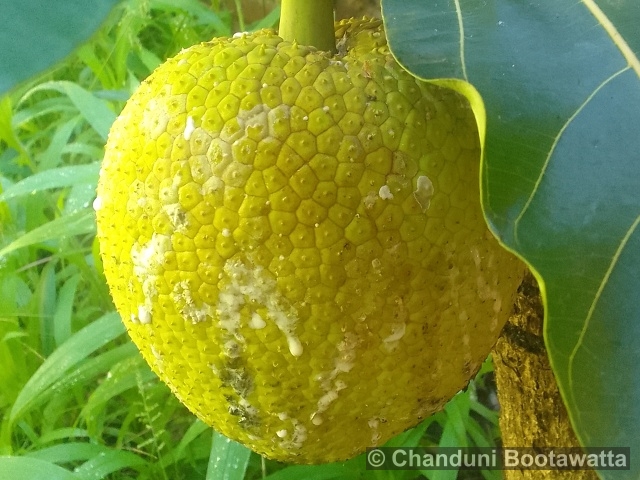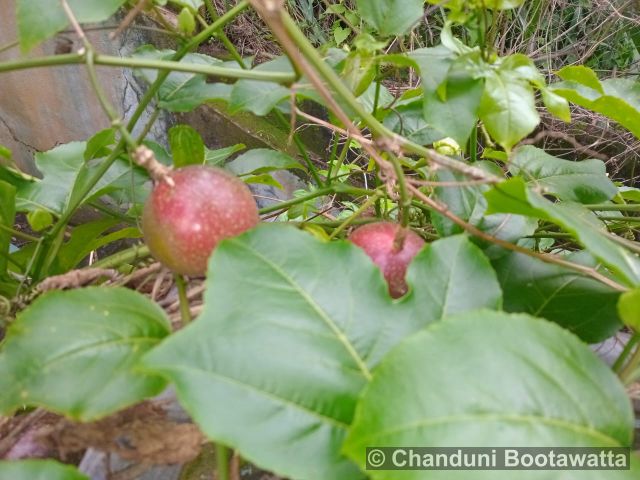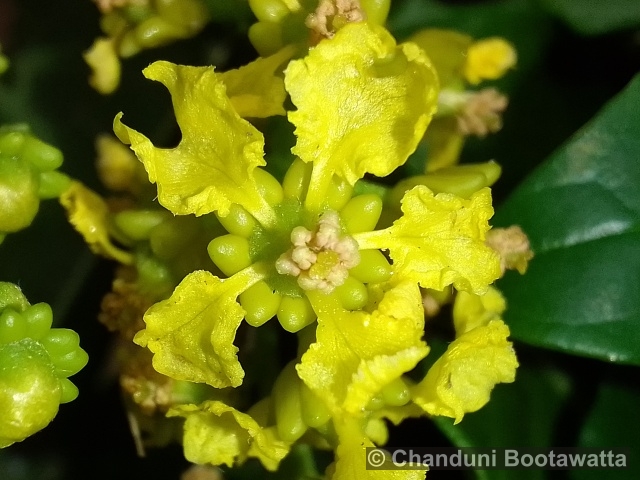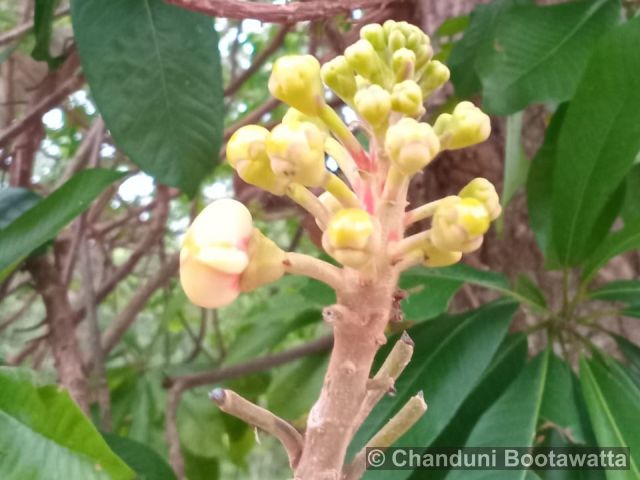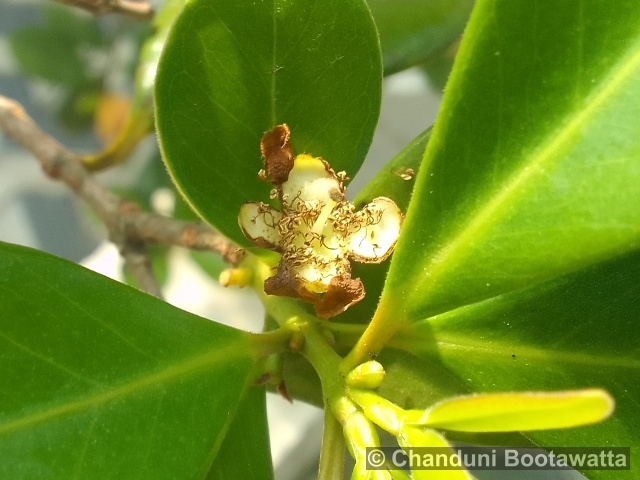Tento příspěvek byl přečten238krát!
graviola, guyabano, Katu Anoda, anona měkkoostenná, láhevník měkkoostenný, láhevník ostnitý
Syn.: Guanabanus muricatus M. Gómez, Annona bonplandiana Kunth, Annona cearensis Barb. Rodr., Annona macrocarpa Werckle
Family – Annonaceae, láhevníkovité
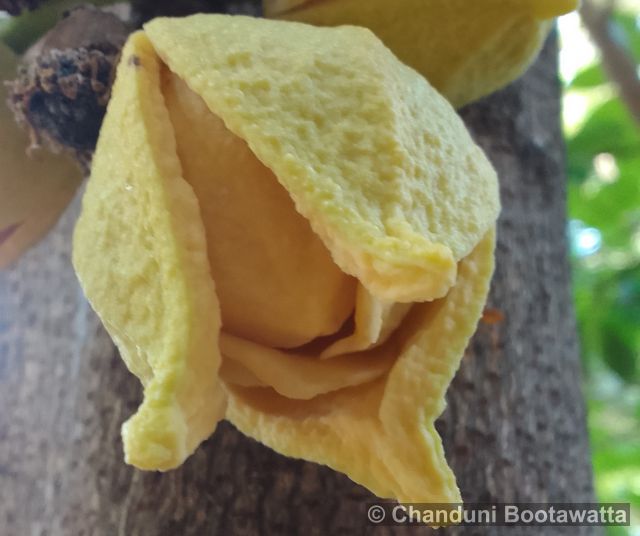
Description: It grows up to 8 meters tall and has glossy, dark green, oblong leaves. The tree produces pale yellow, fragrant flowers with a unique triangular shape. Its fruit is large, oval-shaped, and covered with soft spines, featuring juicy, white, fibrous pulp with a sweet and tangy flavor.
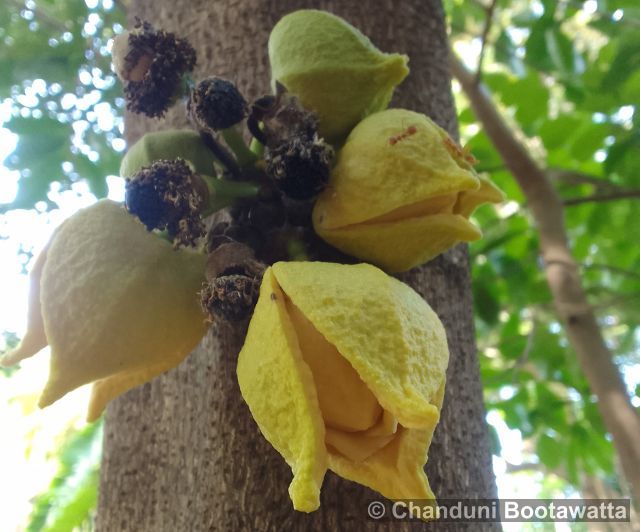

Substitutions – Annona squamosa (Sugar Apple or Sweetsop): Similar tree size, leaves, and fruit structure. Its fruit is sweet and custard-like. – Annona reticulata (Custard Apple): A close relative, with similar medicinal and edible properties, but the fruit has a smoother texture.
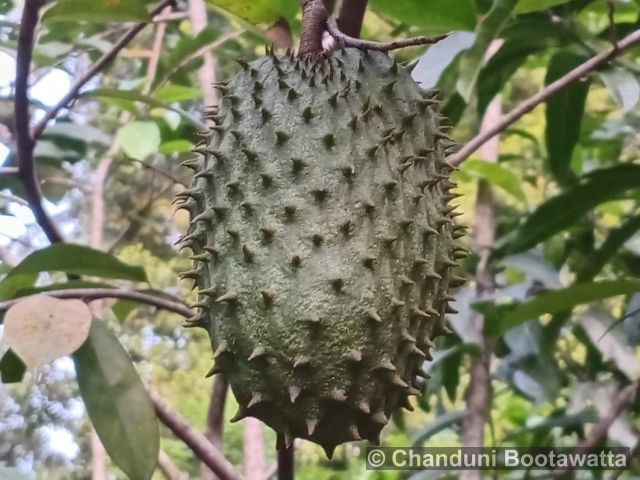
Ecology: Thrives in warm, tropical climates with temperatures ranging from 25°C to 30°C and high humidity levels of 70% to 80%. It requires well-drained, fertile soils that are slightly acidic to neutral, with a pH between 5.5 and 7.0. The tree grows best in sandy loam or clay loam soils rich in organic matter and needs moderate rainfall, around 1000 to 1500 mm annually, for optimal growth. It is sensitive to frost and prolonged drought.
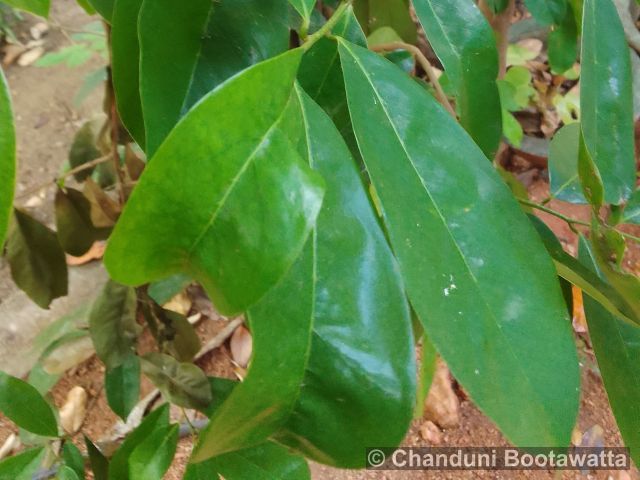

General Distribution: Widely distributed across tropical and subtropical regions, including Central and South America, the Caribbean, Southeast Asia, and parts of Africa and Oceania.
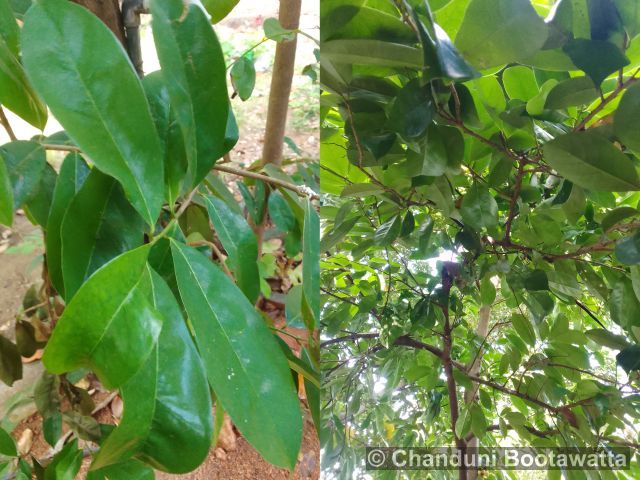
Use: Soursop is valued for its medicinal properties, with uses in traditional medicine to treat ailments such as inflammation, insomnia, and digestive issues. The fruit is also consumed fresh or used in beverages, desserts, and ice creams.
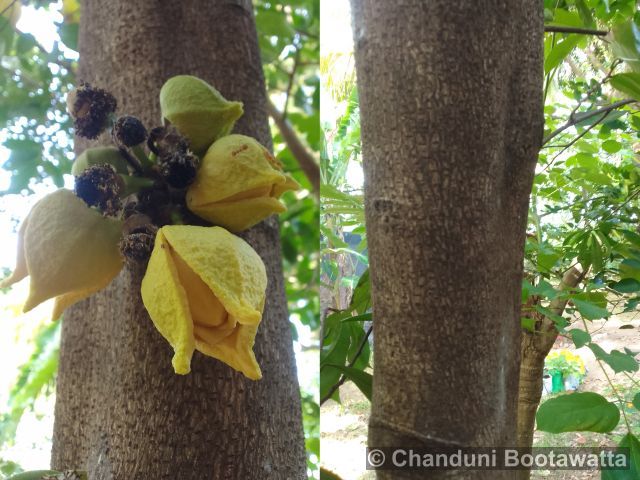
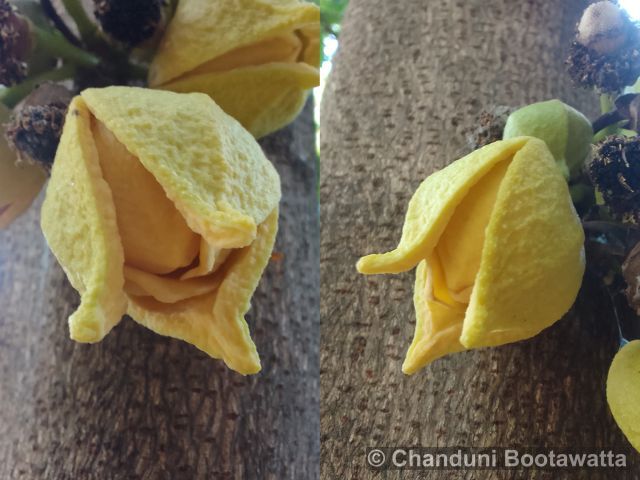
Author of text and photos: Chanduni Bootawatta.
Photographed in Anuradhapura, Sri Lanka on 15 December 2024.



 Poslat emailem
Poslat emailem